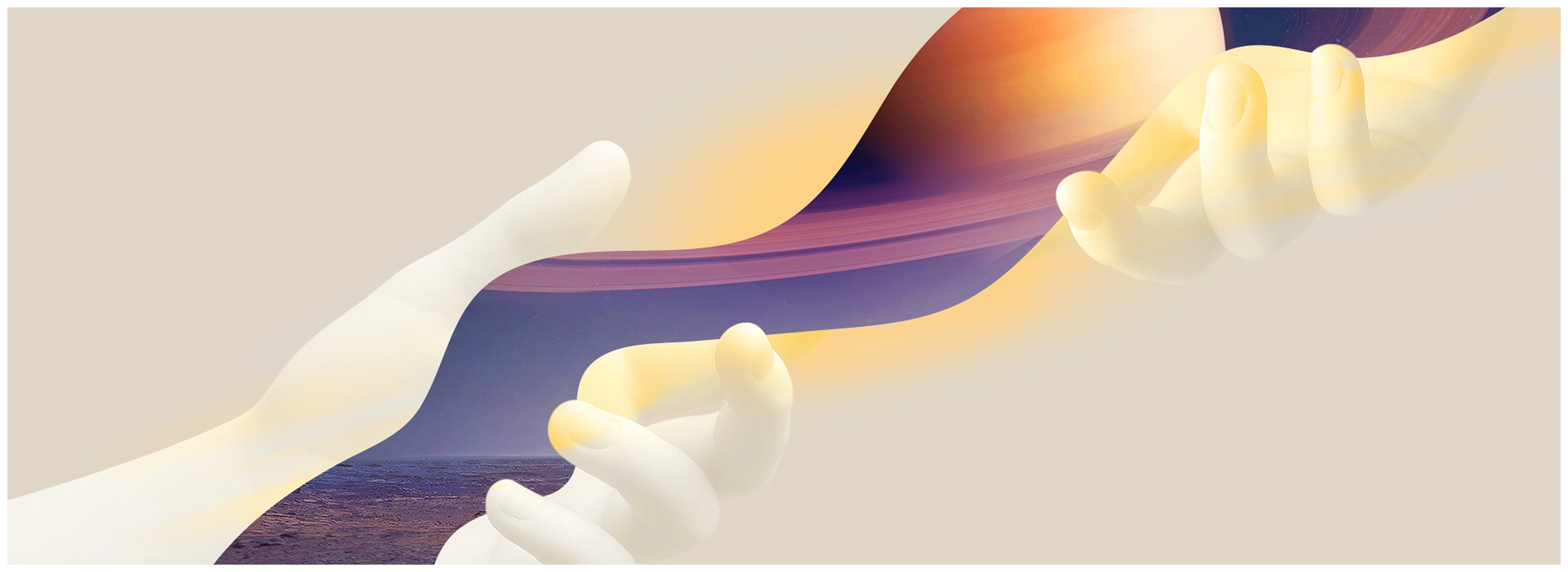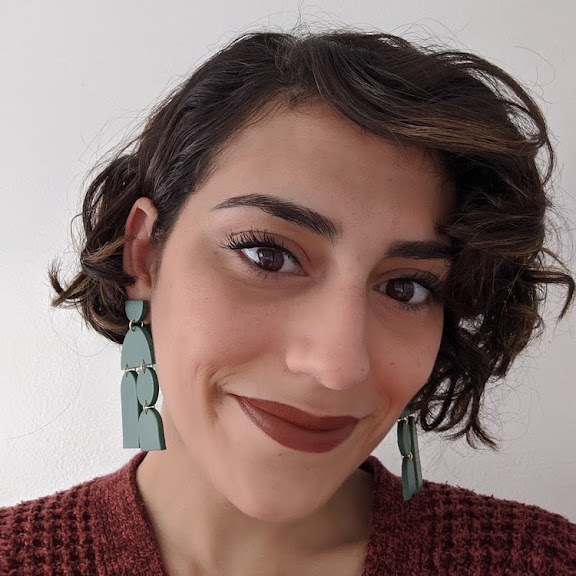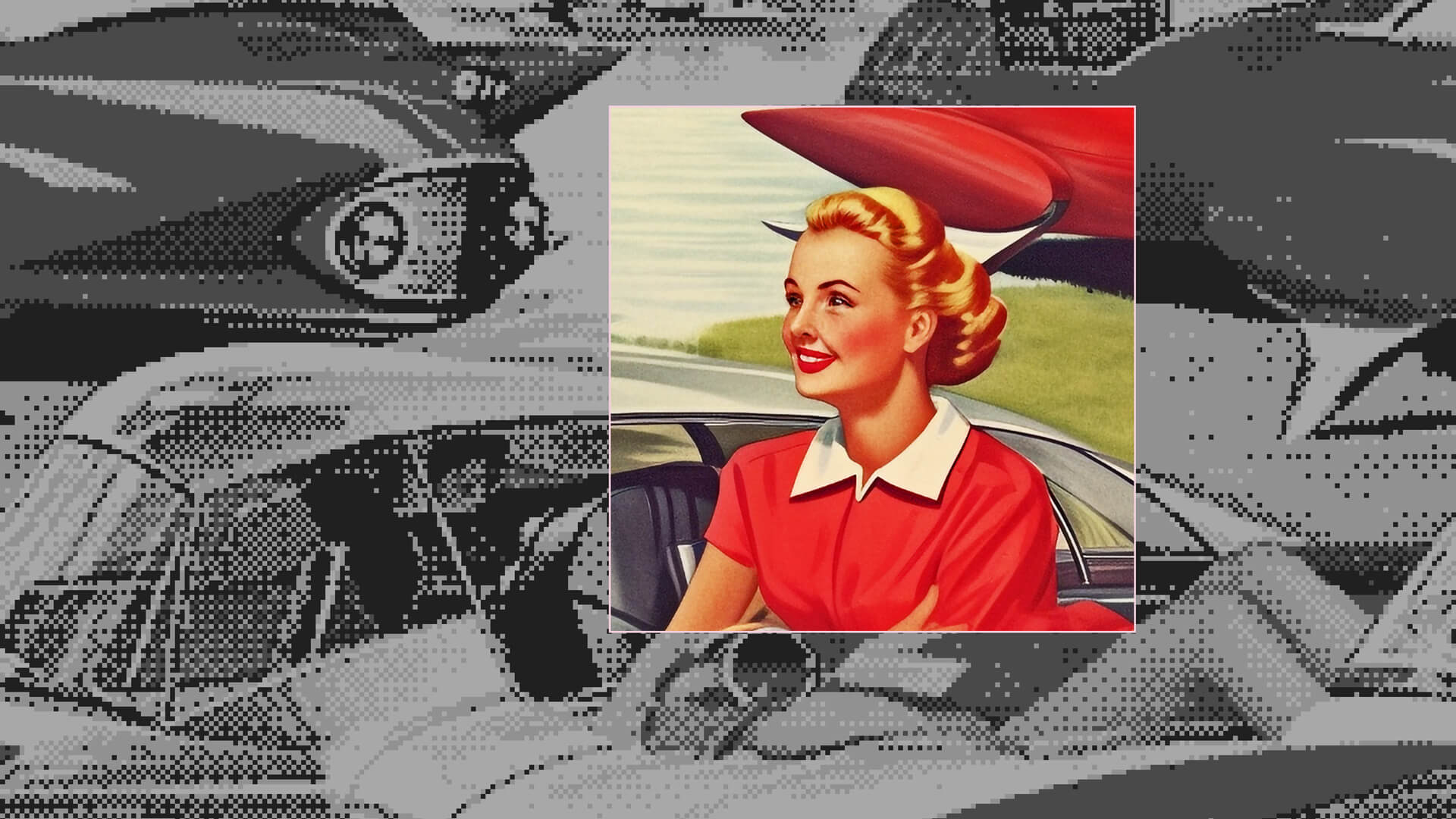Your futuring questions, answered

About 15 years ago, I stepped into the role of Managing Director for Innovation and Strategy at Kaiser Permanente. My remit was broad: performance improvement, innovation, and leadership and culture development.
I spent years facilitating process improvement and lean management, work that was effective at driving efficiency but rarely got into deeper questions. It lacked the rigorous patient focus I wanted to see in the efforts I took on for health systems. That frustration drew me into human-centered design (HCD). HCD opened up entirely new ways of seeing people and problems, and I was inspired to create solutions that were far more meaningful and human. Still, something was missing; I hadn’t yet found a way to connect the immediacy of design to the larger, longer-term forces shaping the world around us.
Around this time, I met futurist Bob Johansen. Listening to him describe how leaders could anticipate multiple plausible futures truly unlocked something for me. I could see how process improvement, human-centered design, and futuring could come together: the rigor of operational change strengthened by the empathy of design and the expansiveness of foresight. That moment was transformative; I had found a way to unlock real transformation. So I became a futurist.
Fast-forward 15 years. I recently joined the Creative Confidence podcast to share lessons in strategic foresight and better decision-making.
During the course of the conversation, so many people wrote in with questions that we couldn’t answer them all. But I didn’t want to leave these insightful thoughts floating in the ether. Here are answers to some of the most intriguing.
What do you see as the biggest misconception about futures thinking?
It is about making predictions. Futuring does not predict; instead, the focus is on imagining multiple plausible futures. It enables individuals, governments, and organizations to anticipate the various ways tomorrow can unfold so that they can either capture opportunities (going on offense) or prepare for risk (going on defense). What people often overlook is that futuring is primarily about building the capacity to live with uncertainty. The true value of futuring lies in cultivating adaptability and creativity in the face of change.

Can you tell a story of a time when futuring helped unlock an innovative solution?
In 2024, IDEO partnered with KQED to reimagine the role of public media in a future shaped by rapidly evolving technologies and changing cultural habits. By combining human-centered design, strategy, and futuring, we helped KQED’s leadership surface tensions between their legacy of trusted journalism and the demands of an increasingly fragmented and personalized media landscape. By crafting narratives and artifacts from the future, participants envisioned a more participatory, interactive, and community-embedded role for KQED, as a dynamic presence across platforms and generations. The work evolved from future visioning into a strategy-building process that engaged voices across the organization, creating a bold new roadmap and a deeper sense of shared ownership, along with a nimble resiliency in shaping the future of public media.
What are some simple ways to facilitate a futuring session with non-designers or skeptics?
Success comes from making the future tangible and human. Instead of starting with abstract scenarios or long trend decks, begin with something familiar. I like to ask participants to imagine their birthday in 2040 or to write a headline about something that will happen in their community far into the future. These provocations lower the barrier to entry for futures thinking and spark imagination grounded in the familiar.
The key is to give people something they can react to. Prototypes, such as speculative artifacts or visual storyboards, help shift conversations from the theoretical to something people can actually experience. Futurists need to help people practice balancing multiple possibilities simultaneously, which is actually quite a difficult task. When people can see, touch, or even laugh about the future, they start to take ownership of the ideas, making futuring far more actionable.

How do you actually start a signal scanning practice? How do you bring it into your weekly routine or regular process? (Where do you look? How often? How do you track what you find?)
Starting a signal-scanning practice doesn’t need to be overwhelming—it just requires leaning into your own curiosity. Think of it as building a habit of paying attention to the edges of culture, technology, and behavior. Signals appear in unexpected places that feel a little unconventional or out of step with the mainstream, such as an experimental product launch, an emerging subculture, or a policy change in a small town that hints at something larger.
I often recommend weaving it into a weekly ritual. When I started futuring, I set aside 30 minutes every Friday to scan a handful of sources: news sites, academic journals, niche blogs, and social media. The point is not just to look at the usual suspects, but to stretch into places that spark your imagination. I find myself asking, What’s weird here? What’s new? What’s showing up that feels different? Who is benefiting from this? Now I tend to capture signals endlessly, but I still carve out time each Friday to explore them, look for patterns, and so on. In the past week alone, I have gathered signals in areas as broad as agentic AI payment protocols, outsourced “moms,” lab-grown spinal cord nerves, and virtual relationships-only AI dating apps.
Tracking is key for adding structure. Many teams use a tool like Figma to quickly capture what they’re seeing and gather signals together. The tricky part is that over time, signals become stale and need to be refreshed regularly, especially in areas where change occurs rapidly, like in technology and media. Having signals in a format that allows them to be easily viewed and moved around to combine with other signals is critical. It allows patterns to emerge across the collection, sparking insights and stories of possible futures.

What kind of mindset shift do you need to become a future-ready organization?
A future-ready mindset embraces uncertainty as a resource to be explored rather than a threat to be minimized. You have to shift from a posture of certainty and control to one of curiosity, adaptability—and above all—organizational flexibility. Instead of anchoring on a single, short-term vision, leaders must help their organizations map out multiple plausible futures at once, building the nimbleness to pivot quickly, experiment with new pathways, and respond creatively across a range of possible scenarios.
How can teams move from being risk-averse to welcoming it?
They need to value experimentation as much as execution, and treat prototyping and testing as essential tools to become more proactive, flexible, and anticipatory.
How do you measure the ROI of futuring work—especially when outcomes are years away?
When people ask about the ROI of futuring, my instinct is to turn the question around. It's difficult to calculate ROI on something that hasn’t happened yet, but the cost of failing to anticipate change can be enormous. Kodak is the best example. The company actually invented the first digital camera in 1975, but failed to see how quickly digital photography would upend film. By clinging to its film-based business model, Kodak lost market dominance and became a cautionary tale.
Traditional ROI frameworks struggle here because strategic foresight isn’t about the yield of one project; it’s about building the organizational muscle to spot signals early, test ideas, and avoid expensive missteps. You measure it by looking at the risks you didn’t take, the dead ends you avoided, or the resilience you gained by having already prototyped tomorrow. Futuring pays for itself when leaders say, “We saw that coming, and we were able to pivot.”

What’s a future trend or shift you’re excited—or concerned—about today?
One of the shifts I find most fascinating right now is around aging, specifically, what happens to work and purpose as people move into what we’ve traditionally thought of as “retirement.” Futurists are seeing a wealth of signals about how people in their “golden” years are reimagining later life: seeking out new forms of community, finding ways to stay mentally active, and extending their financial participation.
The trends and drivers round out the plausibility. Global fertility rates are dropping, life expectancies are increasing, and economies will need older workers to remain in the workforce. These factors raise provocative questions: How do we design systems of lifelong learning? What does work look like if “retirement” is no longer a given? And what shifts in behavior and policy should we be making now if this is the direction our futures are headed? These are just some of the plausible futures I’m excited to continue exploring.

How have you been using AI in your futuring process, and any cautionary notes?
AI can be a powerful amplifier in futuring. It can help scan vast amounts of content, pulling together trends from across industries and geographies that might otherwise go unnoticed. It can rapidly outline starter scenarios, artifact ideas, or speculative narratives that expand a creative range of what’s possible. When it is used alongside human-centered design, it can iterate on a futurist’s speculative images, prototypes, or interactive experiences that stakeholders can react to. AI is also well-suited to helping teams stress-test assumptions and edge cases. AI is frequently my research assistant, helping me organize and then chase down areas to explore.
However, there are significant limitations and risks associated with the use of AI in this space. AI reflects the bias of the data it’s trained on, which means it will always reproduce “used futures,” or outdated ideas about the future that resonated in the past but are no longer relevant. That data is the sum of its experience, so AI can also magnify well-documented content and underrepresent marginalized, edgy, or more local viewpoints. As a designer and futurist, it’s important not to outsource your imagination or creativity to AI, or treat the output of AI work as anything more than a prompt or starting point for human creativity and discussion. Futuring is ultimately about culture and values as much as it is about trends and technologies, so relying on AI risks stripping away the deeply human context that makes foresight meaningful.
If you’re curious to learn more about futuring and missed the Creative Confidence episode, you can find it here. If you’d like to work with us on a futuring project of your own, get in touch.


Get in touch






